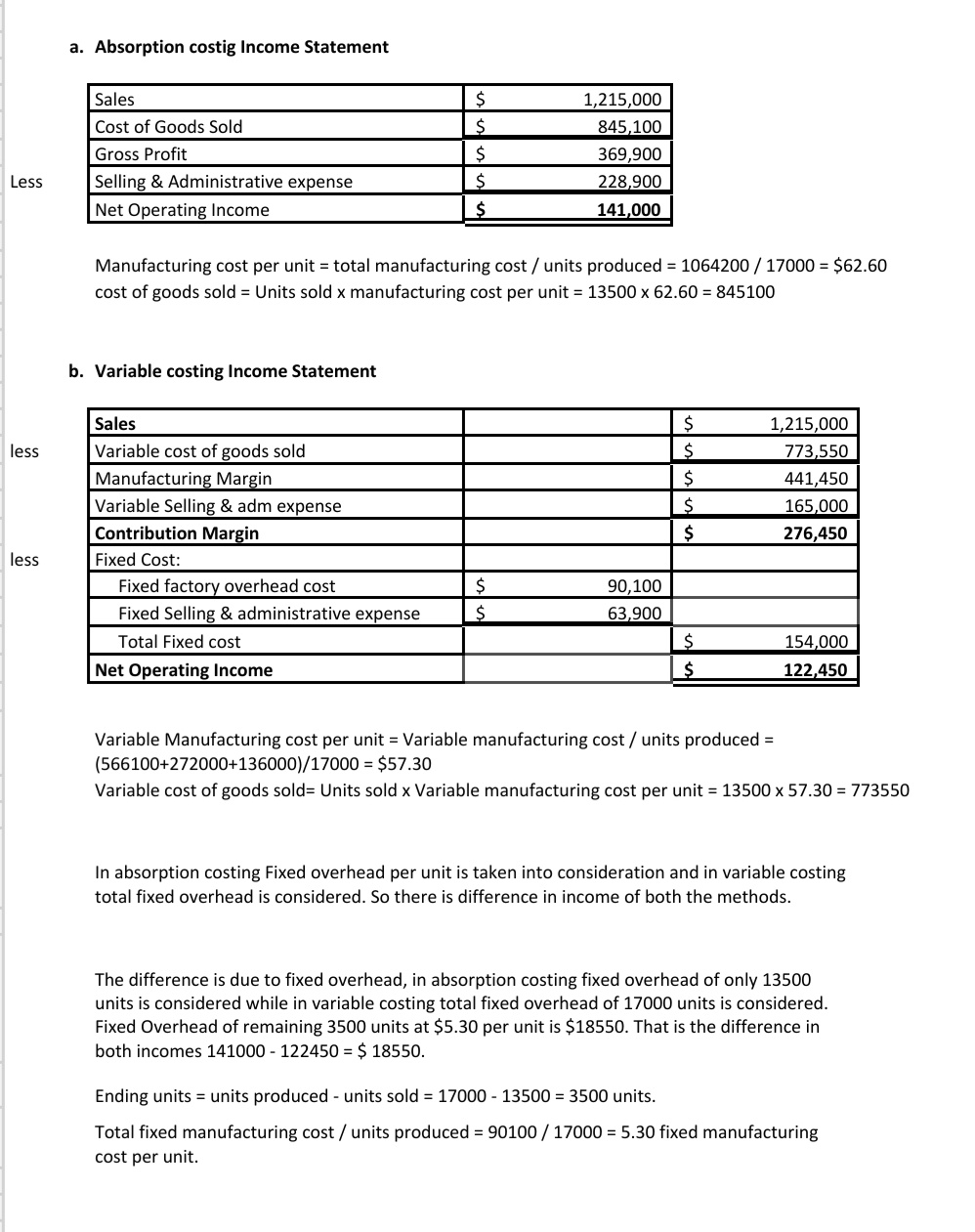This approach will help align their efforts with your company’s financial targets, ensuring a productive and fruitful partnership. A seamless partnership with construction bookkeeping your outsourced bookkeeping team relies on clear, open, and transparent communication. Choose a provider that demonstrates responsiveness and adaptability to your company’s unique needs and preferences. While there are common traits between bookkeeping for construction companies and other industries, certain differences set them apart.
Technology and automation in construction bookkeeping
They should also use accounting software that can generate financial statements automatically. Financial statements are a summary of a company’s financial transactions and include the balance sheet, income statement, and cash flow statement. The balance sheet shows the company’s assets, liabilities, and equity at a specific point in time. The income statement shows the company’s revenue and expenses over a period of time, and the cash flow statement shows the inflows and outflows of cash during that period.
Chart of Accounts
The accounts payable aging report provides a clear overview of a contractor’s current and future outstanding payments. It plays a crucial role in cash flow management, helping companies avoid surprises and maintain financial stability. This report highlights important details, including payment due dates, potential cost-saving opportunities by paying early or later, and the total outstanding balance. Additionally, it includes essential vendor information and payment terms for effective financial tracking and planning.
Job Profitability Report
Work-in-progress reports are crucial for construction contractors as they improve transparency, identify opportunities for efficiency, and ensure contract compliance. These reports track costs for current progress, including raw materials, labour, and overhead costs, while also projecting profit trends. They serve as essential financial tools, enabling contractors to manage risk and maximize profits effectively. In the highly competitive world of the construction industry, maintaining a solid financial footing https://digitaledge.org/the-role-of-construction-bookkeeping-in-improving-business-efficiency/ is crucial for your company’s success.
Doing so allows you to easily retrieve any document whenever you need it, save time and effort searching through paper files, and ensure that all your records are up-to-date and accurate. Manual job costing can be very time-intensive, especially when it comes to complex projects. The more projects your construction company manages and the more workers you contract, the more important it is to have your accounts in order. Job costing tracks expenses on a per-project basis, offering a granular view of where costs are incurred.
- This can include keeping receipts and invoices, as well as maintaining detailed records of all transactions.
- If you truly want to master your construction accounting and avoid costly mishaps, you may want to look into the best construction accounting software.
- Paying suppliers on time, tracking cash availability, and increasing revenues allow firms to establish better relationships with stakeholders and circumvent barriers on the way to growth.
- Beyond the office walls, Zach’s weekends are filled with adventure, whether he’s exploring Florida’s hidden gems with his wife or battling it out in tournaments.
- This approach will help align their efforts with your company’s financial targets, ensuring a productive and fruitful partnership.
- You should also add your income and expenses from each project into a general ledger to get an accurate overview of your gross and net income.
- Some firms have made use of construction bookkeeping software to track and simplify billing.
- By addressing these challenges proactively, construction companies can streamline their bookkeeping processes and focus more on delivering successful projects.
- Accurate bookkeeping is paramount in construction projects to facilitate smooth cash flow management and avoid delays.
- This guide delves into the intricacies of bookkeeping for construction companies, offering practical tips and best practices to build a solid financial foundation for your business.
These situations can make it difficult to decide when revenues should be recognized. KPIs are essential metrics that help you measure the financial health and performance of your construction business. These indicators provide insight into profitability, efficiency, and liquidity, allowing you to make informed decisions.
However, bookkeeping for construction companies can be complex and challenging. It requires an understanding of unique accounting principles and regulations specific to the industry. Pinnacle Bookkeeping offers specialized bookkeeping services tailored specifically for construction companies.
The Guide to Bookkeeping for Construction Companies
- Additionally, construction bookkeepers conduct financial analysis to track project costs and profitability, providing valuable insights for informed decision-making.
- Hiring an accountant to take care of your bookkeeping can save you a significant amount of time, as well as eliminate bookkeeping and accounting errors.
- ” BooksTime understands the pivotal role of efficient report management practices and provides services to clients who want to keep their expenses under control.
- Doing so allows you to easily retrieve any document whenever you need it, save time and effort searching through paper files, and ensure that all your records are up-to-date and accurate.
- This can improve collaboration and ensure everyone is on the same page, regardless of location.
While other industries use billing methods like point-of-sale billing, construction payments are more long-term, yet decentralized and based on milestones. This makes billing more complicated, requiring specialized knowledge to manage and oversee it. Some firms have made use of construction bookkeeping software to track and simplify billing. Financial reports, such as profit and loss statements and job costing summaries, provide insights into project health.
You can use that bank statement to reconcile your transactions to make sure they match up with your own accounting system, invoices, payments, etc. If your construction business follows generally accepted accounting principles, you should use the percentage of completion method for financial statements as well. Unlock the keys to your success with financial projections and prepare for the future with cash flow management assistance from Rooks Bookkeeping.


